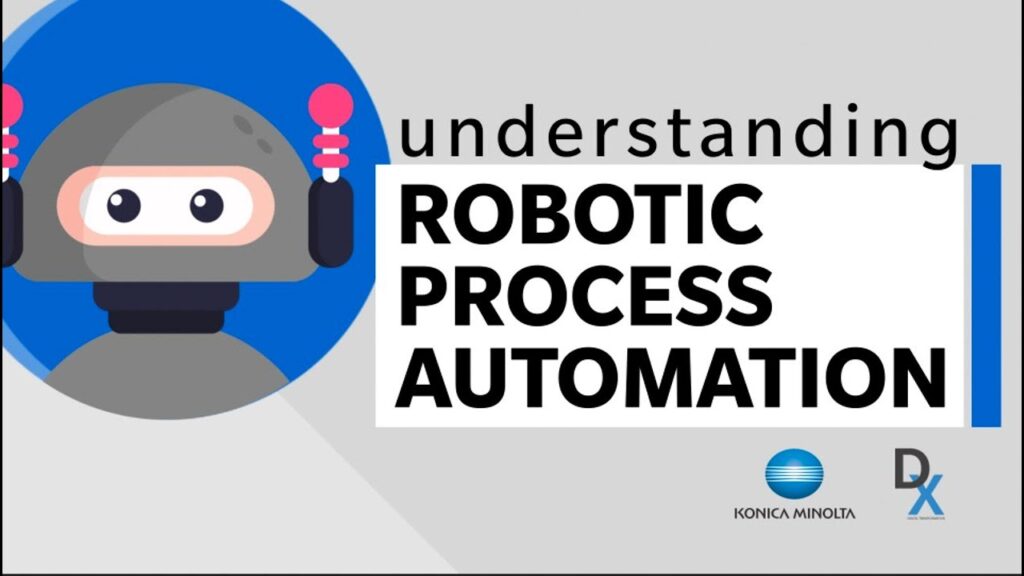Robotic Process Automation (RPA) has become an increasingly popular topic in the world of technology and business. Many organizations are adopting RPA solutions to streamline their processes, improve efficiency, and reduce costs. However, with the rapid advancement of technology, there has been some confusion surrounding the capabilities and benefits of RPA. In this article, we will explore the potential of RPA and what bots can do to help your organization thrive.
RPA is a technology that uses software robots or bots to automate repetitive, rule-based tasks. These bots can mimic the actions of a human user, such as logging into applications, entering data, and performing calculations. By taking over these mundane tasks, RPA allows employees to focus on higher value-added activities, such as problem-solving, innovation, and decision-making.
One of the biggest advantages of RPA is its ability to improve operational efficiency. By automating repetitive tasks, organizations can significantly reduce the time and effort required to complete them. This leads to increased productivity, as employees can allocate their time to more strategic and complex projects.
Furthermore, RPA can help organizations achieve a higher level of accuracy and consistency in their processes. Unlike humans, bots do not make mistakes due to fatigue, distraction, or human error. They follow predefined rules and execute tasks with precision, ensuring that data is entered accurately and consistently across different systems. This can be particularly useful in industries like finance, healthcare, and manufacturing, where precision and accuracy are critical.
In addition to improving efficiency and accuracy, RPA can also enhance compliance and data security. Bots can be programmed to follow strict regulatory requirements and security protocols, reducing the risk of non-compliance and data breaches. By automating processes and minimizing human intervention, organizations can maintain a higher level of control and governance over their operations.
Furthermore, RPA can be easily integrated with existing systems and applications, making it a cost-effective solution for organizations. Unlike complex software implementations, RPA does not require extensive modifications to existing infrastructure. Bots can be trained to work with existing interfaces, allowing organizations to leverage their current investments and technologies.
Moreover, RPA can play a crucial role in improving customer experience and satisfaction. By automating customer-facing processes, organizations can provide faster response times, greater accuracy, and personalized services. For example, bots can process customer inquiries, update account information, and generate personalized recommendations, all in real-time.
However, it is important to note that RPA is not a one-size-fits-all solution. Organizations must carefully evaluate their processes and determine which tasks are suitable for automation. While RPA is ideal for rule-based, repetitive tasks, it may not be suitable for highly complex or creative tasks that require human judgment and decision-making.
To successfully implement RPA, organizations should also consider change management and employee engagement. Employees may be skeptical or resistant to the idea of bots taking over their tasks. Therefore, it is crucial to involve employees in the automation process, provide training and support, and communicate the benefits of RPA. This will help organizations overcome resistance and create a positive work environment, where employees can collaborate with bots and focus on more meaningful work.
In conclusion, Robotic Process Automation (RPA) is a powerful technology that can transform organizations and drive their success. By automating repetitive tasks, improving efficiency, accuracy, and compliance, organizations can achieve higher productivity, cost savings, and customer satisfaction. However, successful implementation requires careful evaluation, change management, and employee engagement. As the technology continues to evolve, the potential of RPA in helping organizations thrive is limitless.
References:
- Understanding RPA: a beginner's guide. (n.d.). Retrieved from [insert reference here]
- RPA and Automation Predictions 2021. (n.d.). Retrieved from [insert reference here]
Industrial Robot
"Mastering the Art of Robotic Process Automation: The Cornerstone of Efficient Business Operations"


